Money in a Blender - A Cash Smoothie
It’s true . . . some money is magnetic. Vending machines will sound an alarm if an ordinary piece of paper is inserted into the […]
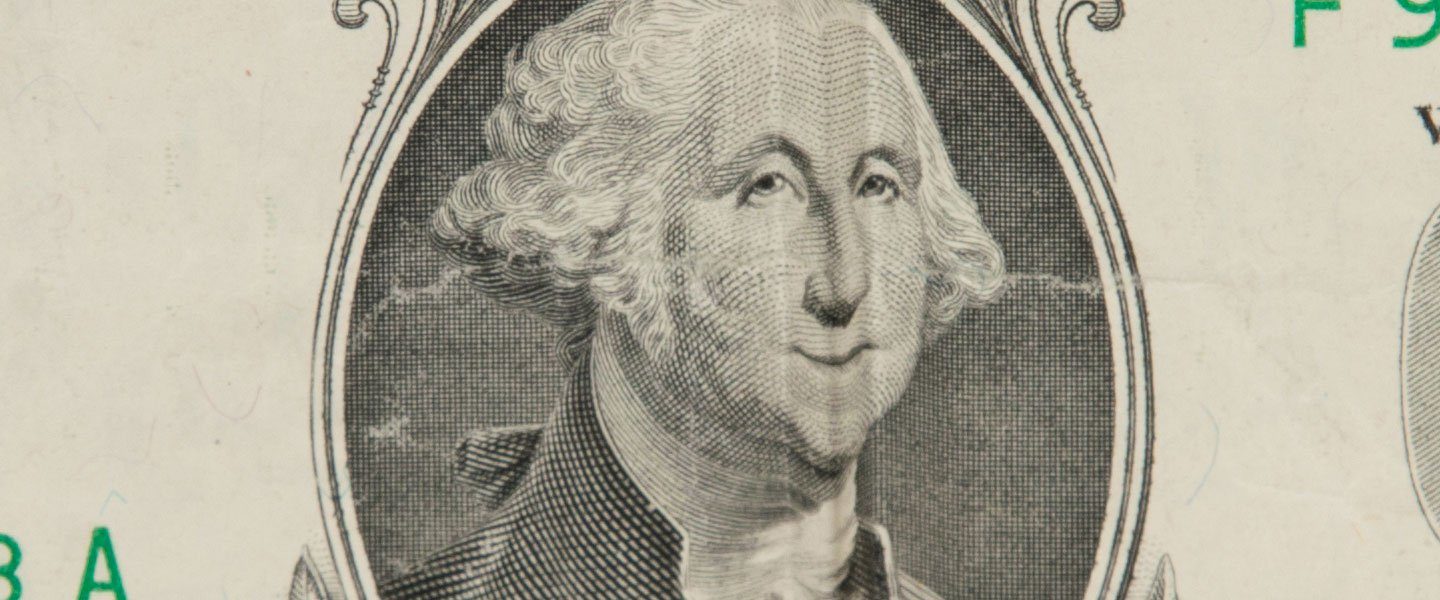
How often do you look at the face of the president pictured on your paper money? What’s the facial expression of the president? Happy? Sad? Believe it or not, you can make George Washington’s face smile or frown on a dollar bill if you know the secret to this visual foolery.
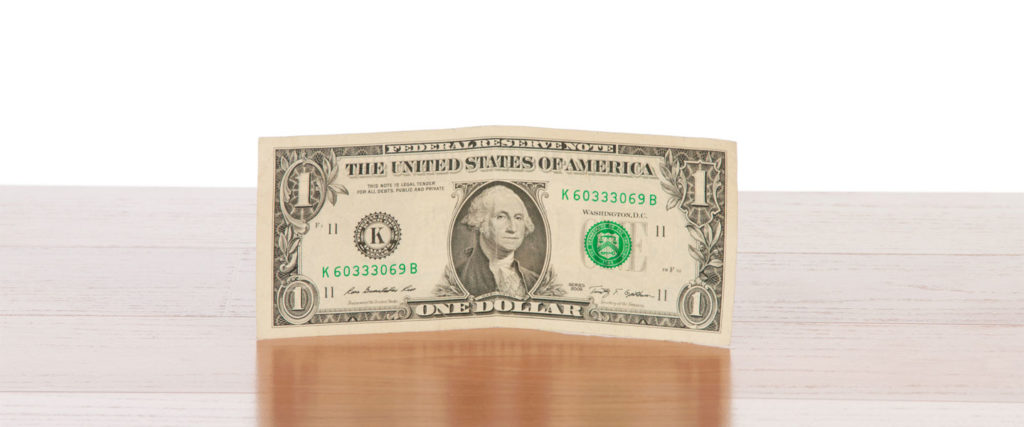
The secret is in the way that you fold the dollar bill. Just follow these simple steps.
Start with George’s portrait facing you.
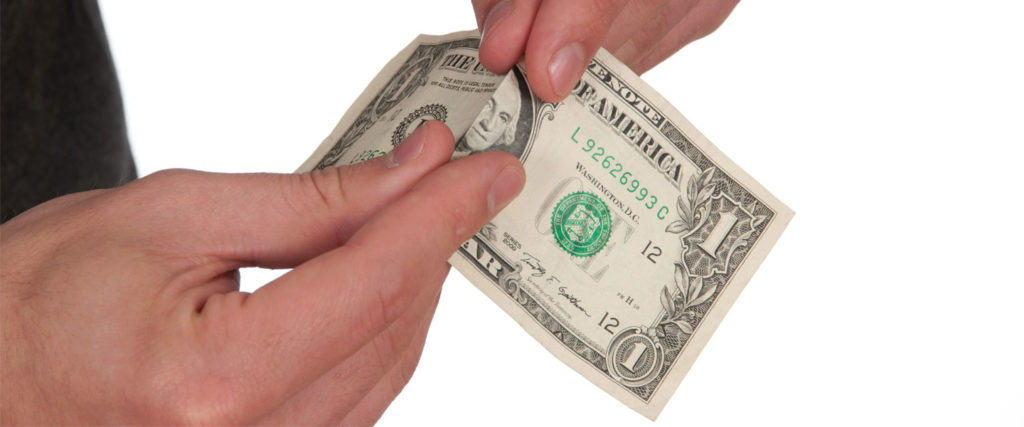
Make a “mountain fold” through the middle of George’s left eye. In origami terms, this means to fold the bill away from you.
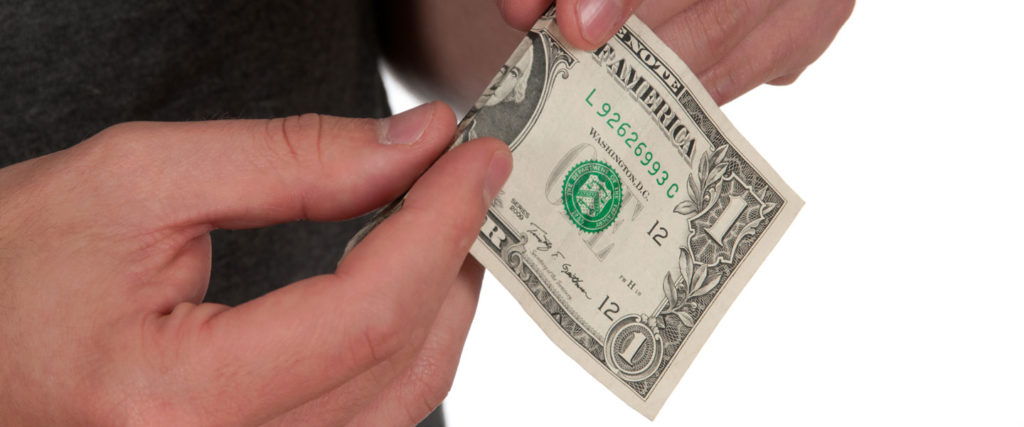
Make a second mountain fold through the middle of his right eye. Make sure that these creases are sharp.
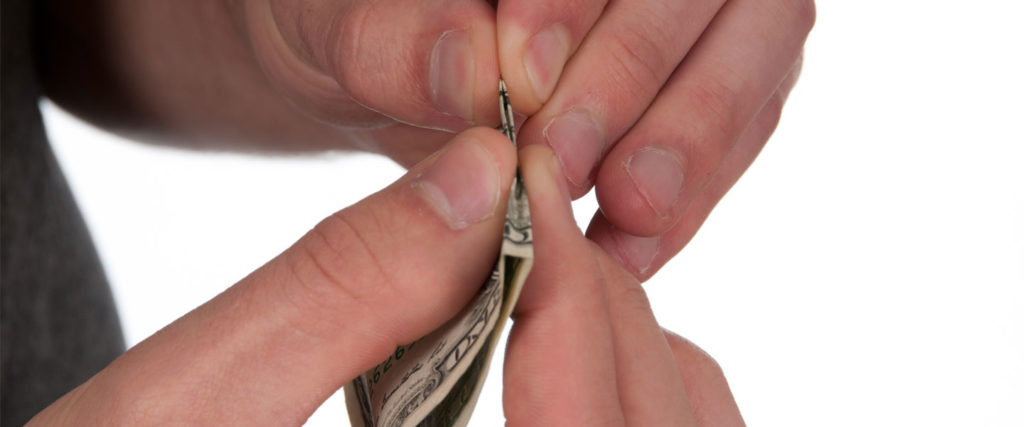
Make a “valley fold” between the two previous folds so that the crease is between George’s eyes and nose. To make a valley fold, fold the bill toward you. If all of these folds have you confused, check out the photos for clarification.
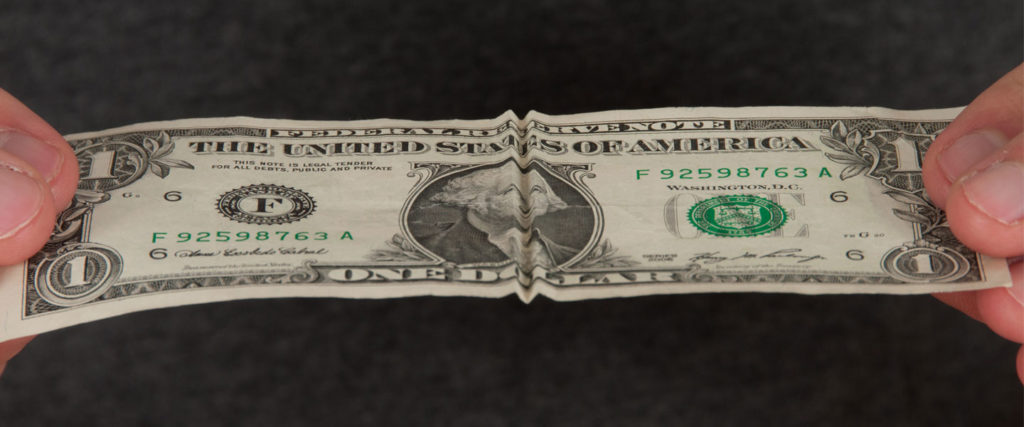
Pull on the ends of the bill slightly so that you can see his entire face, but make sure that the folds are still present.
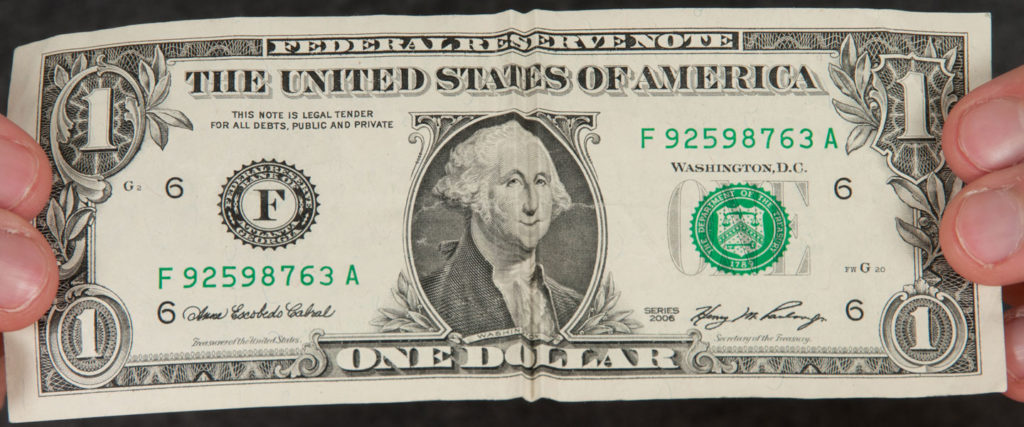
Hold the portrait side of the bill in front of you with the face tilted upward. Notice how George smiles at you!
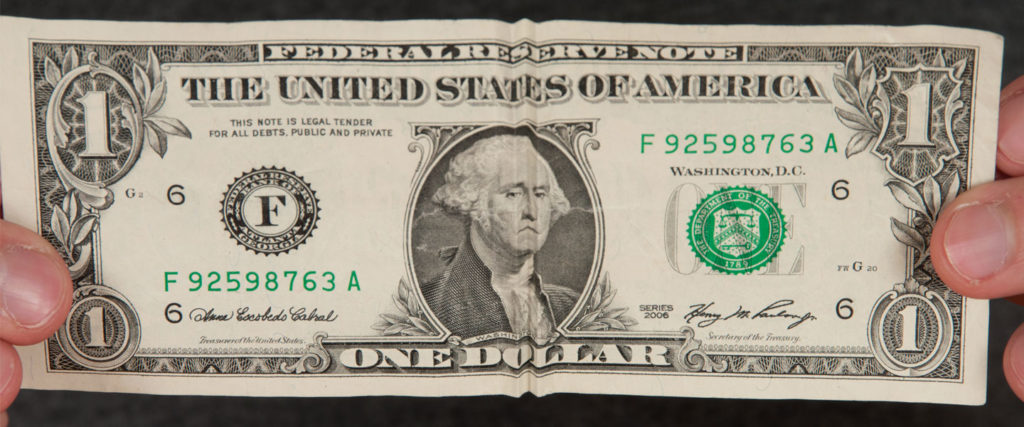
Slowly begin to tilt the bill downward, as if George were looking at the floor. Don’t take your eyes off George’s face because his smile will magically turn into a frown!
The George Washington facelift is a great example of an optical illusion. The opposing folds cause the features on the face to bend and contort, depending on how you look at them. Although it’s one of the simplest activities in the book, it’s the one that you’ll find yourself doing over and over again.
During my years as an elementary school teacher, I had the privilege of serving as one of the student council sponsors. Anyone who has ever sponsored an extracurricular activity knows that it can be a real challenge to get kids to show up to school an hour early or stay late unless you have a “hook”. In an attempt to get more kids to each meeting, I promised to start each meeting with a science demonstration. Things that fizz, bang, pop, or make kids oooh and ahhh were bound to get everyone to the meetings on time.
Little did I know that these gee-whiz demonstrations would do far more than just coerce kids to participate in student council. The other sponsor and I quickly learned the value of using the demonstration to illustrate a simple lesson in leadership or character building, and the smiling dollar bill illusion fit the bill (pun intended) perfectly.
After teaching the students how to make the George Washington on their own bill smile or frown, we asked them to get into small groups of three or four kids and come up with what leadership lesson they thought we were trying to illustrate using this demonstration. Truth be told, we were just fishing for their answers. Here are a few of their responses.
As you might imagine, the lunch line was a buzz of activity the next day as the student council kids taught their friends how to make George frown and smile. Let’s just say the activity went “viral” before anyone knew what the term meant. However, the best part of the experience for us was discovering that our little leadership ambassadors were using the optical illusion to share their own leadership lessons with friends. What started out as just a clever trick to do with an ordinary dollar bill turned out to be an object lesson that truly left a lasting impression.
Use different dollar bills ($5, $10, $20, $50, even $100) to see if you can alter the emotions of some other presidents. Is Abe hiding a smile?